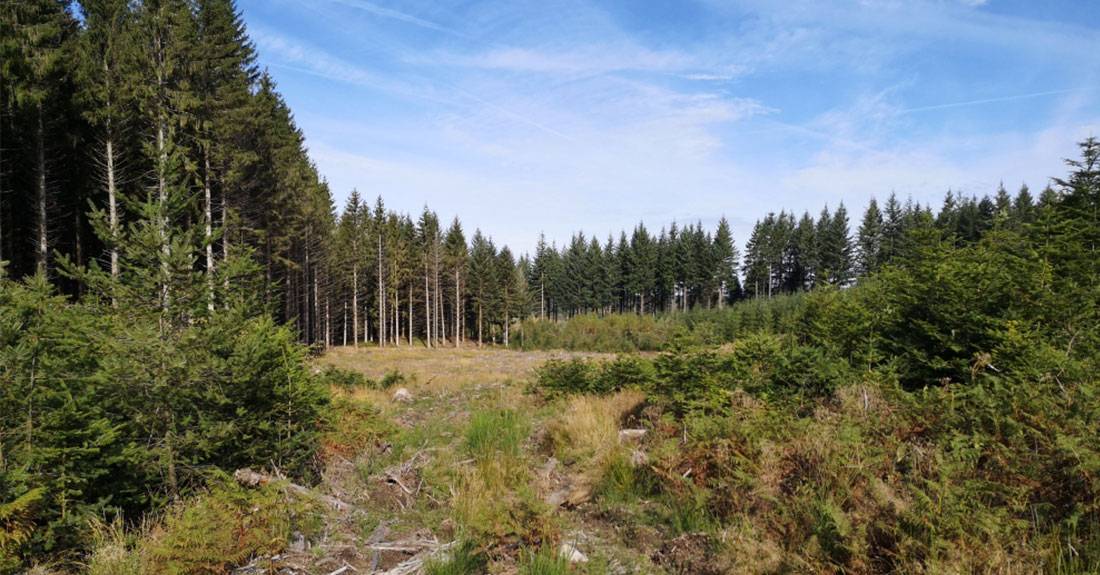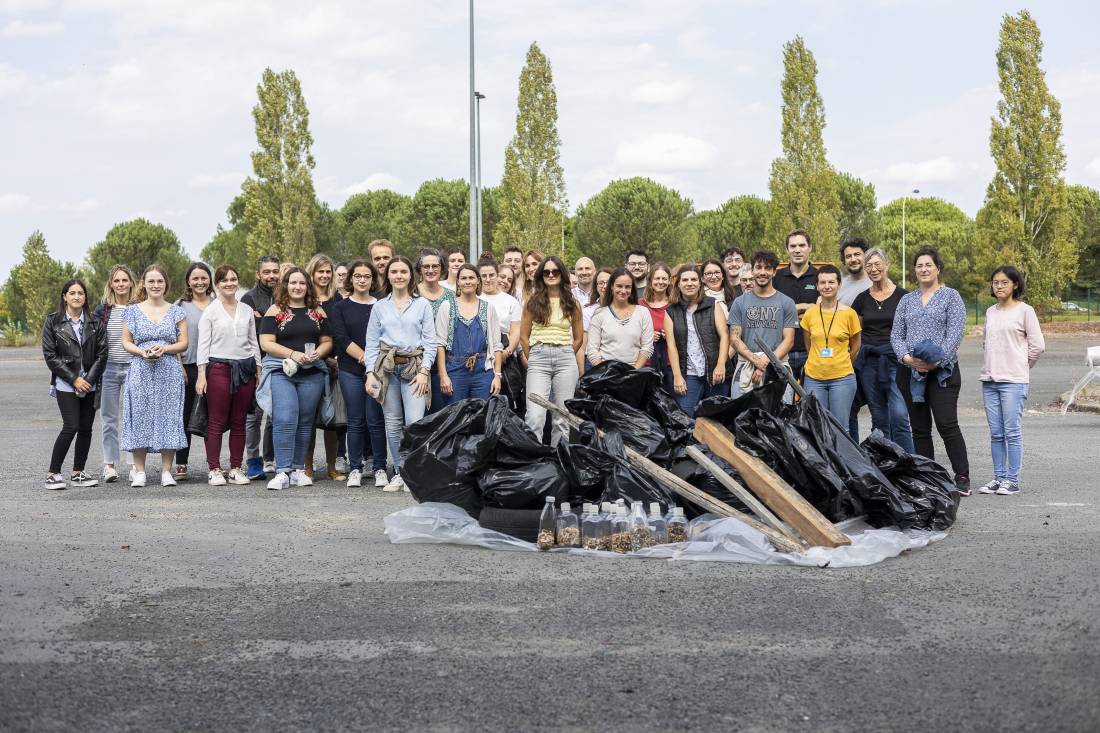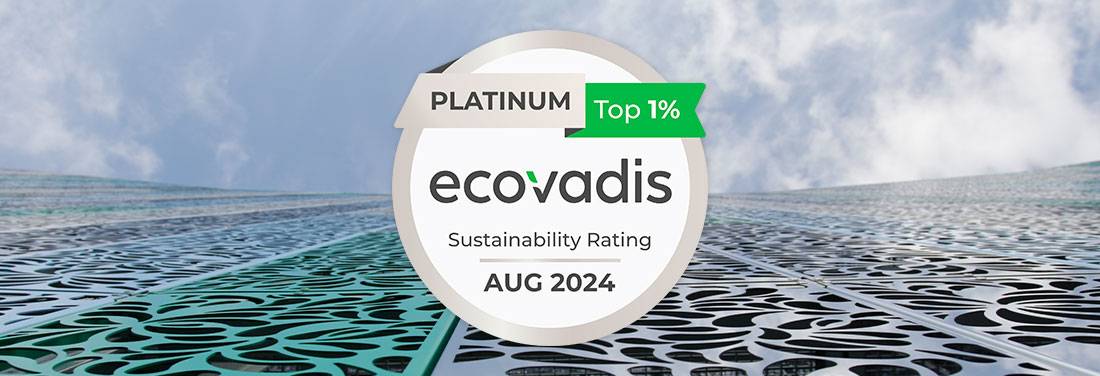This regeneration program concerns a parcel of 2.7 hectares located in a Natura 2000 zone with a special protection area for birds. For the past twenty years, storms and drought have damaged its afforestation and facilitated the infestation of insects and fomes (root mushrooms), greatly limiting the carbon sequestration potential of trees. This situation requires clearing a portion of the parcel before new plantings can be made.
The reforestation plan, worked with a forest management company and supported by a regional nature reserve, includes 3,300 plants, a mixture of hardwoods (alder, sycamore maple, etc.) and softwoods (pine, douglas fir, etc.). This diversification of species aims to preserve the soil and provide optimal adaptation to climate change. This planting is scheduled for the fall of 2022 to ensure ideal conditions.
The positive impact on biodiversity of this local project allows SILAB to compensate the CO2 emissions linked to the totality of its employees' commuting, i.e. about 450 tons of CO2 equivalent. This commitment is an integral part of the Actively Caring CSR program, and more specifically of its environmental policy intended to limit its carbon footprint and preserve biodiversity.
The valuation of this project in terms of CO2 equivalents was carried out by the CNPF. This organization is recognized for the implementation of low-carbon label projects and for the quantification of the different forestry routes of carbon compensation. SILAB wished to associate itself with this clearly identified partner in its field in order to pursue its commitment to biodiversity.
A continuous commitment
This project completes SILAB’s participation since 2016 in the Nature 2050 program created by CDC Biodiversité (subsidiary of the Caisse des Dépôts et Consignation) which targets to adapt territories to climate change by 2050. SILAB's commitment consists in funding the preservation of 1 m² of biodiversity for each m² built on its single site of Saint-Viance, so the protection of a surface of 7,000 m² until 2050. Thus, a wetland was restored to protect drainage basins.






